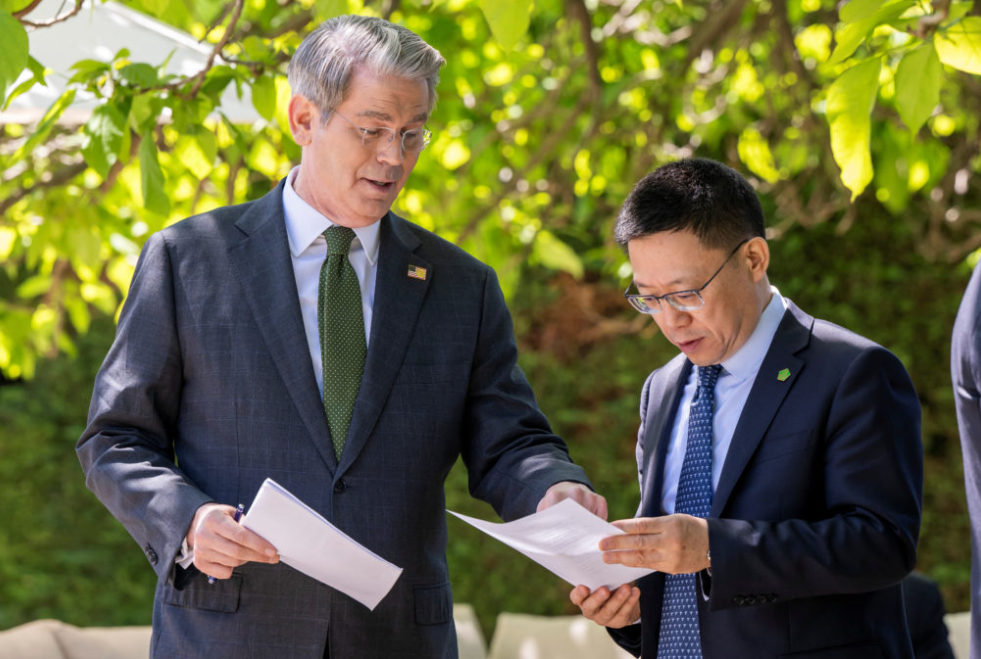- Markets rebounded quickly after the U.S. and China suspended retaliatory tariffs, leaving a 10% reciprocal charge in place.
- Despite tariff rollbacks, China still faces an effective 32% rate, far above the global average of 13%, according to Fitch.
- Companies like Apple and VTech are moving U.S.-bound production out of China, anticipating prolonged trade tensions.
Markets seem to be shrugging off the latest trade spat between the U.S. and China. The CSI 300 index in China is up 1.4% this year, bouncing back from a steep fall in early April after President Trump announced a 34% tariff on Chinese goods. That move sparked massive retaliatory tariffs, but both sides have since pulled back, leaving the current reciprocal charge at just 10%.
Tariff Calculations and Exemptions
Despite the apparent easing, the actual burden on China remains hefty. At the start of Trump’s second term, Chinese goods were already facing an 11% tariff. Then came another 20% hike over fentanyl concerns, raising the total to over 40%. Some products like smartphones and computers got exemptions, but the effective rate still sits around 32%—well above the global average of 13%, according to Fitch.
Uncertain Progress in Trade Talks
While the rollback of retaliatory levies offered a glimmer of hope, real progress is scarce. Besides a tentative deal with the UK, the U.S. hasn’t made much headway with other trade partners. Plus, the narrow electronics exemption announced on April 13 was soon followed by a security probe into semiconductor imports, potentially complicating negotiations further.
Shifts in Production Plans
Companies aren’t exactly banking on a quick fix. Apple is reportedly moving most U.S.-bound iPhone production to India, while VTech, a major Walmart supplier, plans to relocate all American-market manufacturing from China by the end of 2026. Other manufacturers burned by previous trade uncertainty are also considering similar moves.

The Road Ahead
Despite some market optimism, the reality on the ground looks less rosy. With the effective U.S. tariff rate on Chinese goods still at 31.8%—the highest among trading partners—the path to restoring pre-trade war conditions remains murky. Companies are preparing for a longer-term shift away from China, even as traders hope for a quick resolution.

















